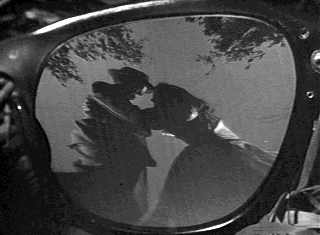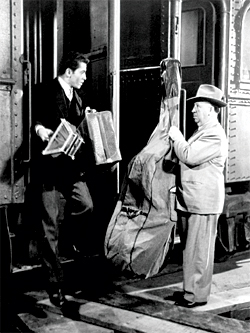TASK 1
During induction week you will form into small groups (3 or 4 in a group). Each group will negotiate to decide which feature film will establish the starting point for the assignment.
In your groups you will further research the film + director and carefully consider the stylistic and conceptual themes, with the intention of producing two constructed images: one on location (while the weather is good) and a constructed set in the studio (out of the wind).
Part of the assignment is to use the varied built and natural environment of the region in which to set your imagery. You need to consider lighting carefully as this is a key element of the assessment.
The challenge will be to take the styling and props on location and create a an expansive set in an appropriate environment. You will be expected to have found a suitable site during, or preferably before the 1st week. This was the intention of your summer task.
You can at this stage opt to work alone, but working in groups will ensure you have assistant support when you need it.
The photograph will be taken on large-format film or high end digital and handed in as a single image with supporting documentation in the form of test shoots, research material etc.
Your Visual Journal/Research Book will contain:
a) Critical analysis of your chosen film and director
b) Practical experimentation into a range of materials. Process notes,
digital imaging practice, lighting diagrams and any other technical
processes you may employ
c) Your original concept and subsequent developments and/or
changes d) Ongoing evaluation of the process and outcome e) Evidence of project management including individual
responsibilities within teamwork
f) Evidence of professional practice
TASK 2
Between induction week and reading week you will begin to plan a photographic set that will become your studio for making another photographic response to the feature film. This response might take the scene from the film as a starting point, or it could focus on an individual character for instance. You are expected to work as a cohesive unit to create the space, and to source props and models where necessary.
You will have access to the studio after reading week and you will be allotted a time and space to build you set. The staging of the photograph is a collaborative event, but each person must make their individual contribution which means the feel, content or narrative changes from image to image. So when exhibited the images will have an outwards similarity but close inspection will reveal the differences. Just as a film scene in a room changes as time progresses.
It is anticipated that a certain amount of digital post-production will be required but this is not a montage project and you are advised to get as much right at the capture stage as possible.
The set that you have built must be dismantled fully before the end of your alotted week. The set has to be fully cleared and any debris will result in 10% being deducted from everyone in the group.




























